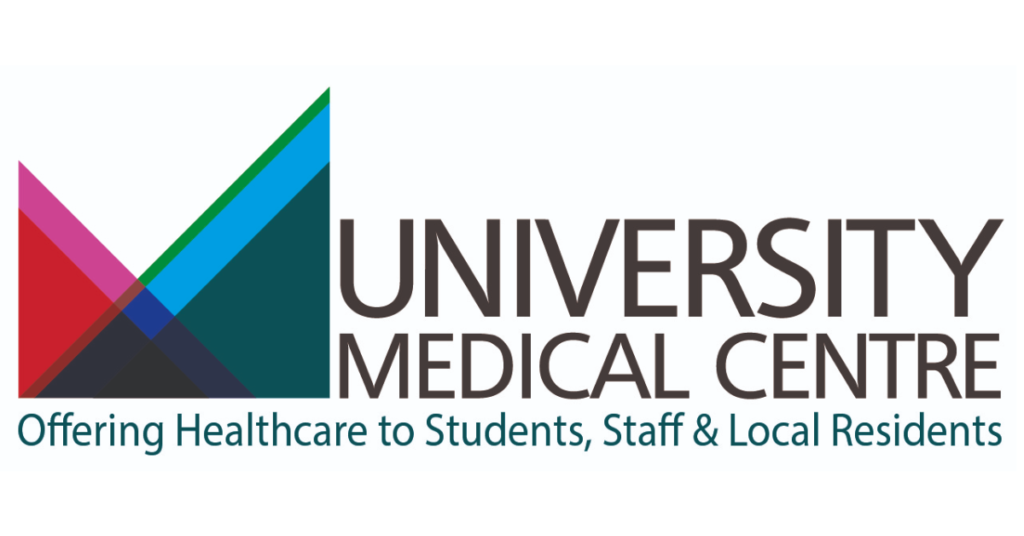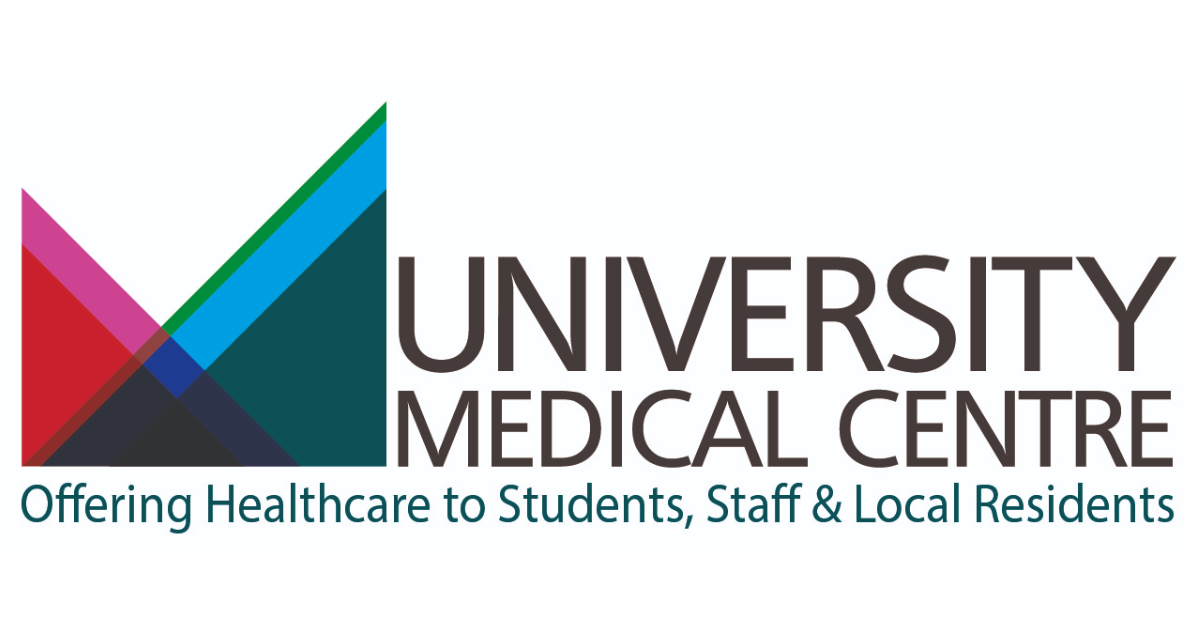University medical centers are integral to the healthcare system, blending patient care, research, and education into a singular, comprehensive environment. These institutions not only serve the immediate health needs of their surrounding communities but also advance medical knowledge and train future generations of healthcare professionals. They are often affiliated with prominent universities and are renowned for offering specialized treatments and cutting-edge research.

The Role of University Medical Centers in Healthcare
At their core, university medical centers provide essential healthcare services to the public. These institutions typically offer a broad range of medical treatments, from routine care to highly specialized services. What sets them apart from other healthcare facilities is their ability to handle complex cases that often require multidisciplinary teams of specialists.
Specialized Medical Services
University medical centers are known for offering specialized treatments that may not be readily available at local hospitals. These treatments can include organ transplants, complex surgeries, cancer treatments, and rare disease management. The availability of cutting-edge technology and access to ongoing clinical trials makes university medical centers a prime destination for patients seeking innovative treatments.
For example, the Mayo Clinic, which is affiliated with several universities, is renowned for its specialization in treating complex conditions. University of California, San Francisco (UCSF) Medical Center is another leader in fields such as neurology and oncology, providing world-class care to patients from around the globe.
Patient-Centered Care
In addition to offering high-level medical services, university medical centers emphasize patient-centered care. This approach ensures that patients receive individualized attention, with care plans tailored to their unique needs. The interdisciplinary teams in these centers include not only doctors and nurses but also social workers, mental health professionals, and patient navigators who work together to ensure holistic treatment.
The integration of education and research into patient care is another hallmark of these centers. As teaching hospitals, university medical centers foster an environment where medical students, residents, and fellows work alongside experienced physicians. This not only helps patients by providing them with access to the latest treatments but also ensures that future healthcare professionals receive hands-on experience in real-world medical settings.
University Medical Centers as Research Powerhouses
Beyond healthcare delivery, university medical centers are critical hubs for medical research. Many of the medical advancements we benefit from today, such as new surgical techniques, medications, and therapies, have originated from research conducted at these institutions.
Clinical Trials
One of the most important research functions of university medical centers is the conducting of clinical trials. These trials are essential for testing the safety and efficacy of new drugs and medical devices. Patients who participate in clinical trials at university medical centers often gain access to cutting-edge treatments before they are widely available. This can be life-saving for patients with conditions that have limited treatment options.
Clinical trials are often conducted in partnership with pharmaceutical companies, federal agencies like the National Institutes of Health (NIH), and other research organizations. The collaboration between academic researchers and clinical practitioners ensures that research findings are rapidly translated into clinical practice, benefiting both current and future patients.
Innovations in Medicine
University medical centers are known for pushing the boundaries of medical science. Researchers at these centers are constantly exploring new ways to treat and prevent diseases. Some notable breakthroughs include the development of new cancer therapies, advances in gene editing technologies like CRISPR, and the invention of artificial organs.
Institutions like Johns Hopkins University School of Medicine and Harvard Medical School are leaders in medical innovation, producing research that not only enhances patient care but also advances the field of medicine as a whole. These institutions often collaborate with global research networks to solve complex medical challenges, such as the development of vaccines for emerging diseases.
Translational Research
A key strength of university medical centers is their ability to conduct translational research, which bridges the gap between basic scientific research and clinical application. By fostering collaboration between laboratory scientists and clinical practitioners, university medical centers expedite the process of turning research discoveries into practical treatments. This has been particularly evident in the rapid development of vaccines and treatments for COVID-19, where university medical centers played a pivotal role.
Medical Education and Training
University medical centers are foundational to the education and training of future healthcare professionals. As teaching hospitals, they provide a unique environment where students, residents, and fellows gain practical experience in a real-world clinical setting. This integration of education and practice ensures that future doctors, nurses, and healthcare workers are well-prepared for the challenges of modern medicine.
Hands-On Training for Medical Students
Medical students at university-affiliated centers benefit from direct exposure to patients, which enhances their learning. They work alongside experienced physicians, gaining hands-on experience that supplements their classroom education. This method of training helps bridge the gap between theory and practice, allowing students to apply their knowledge in a clinical setting.
Medical education at university centers is not limited to students. Residents and fellows undergo advanced training in various specialties, learning the most current techniques and procedures. This continuous learning cycle ensures that healthcare professionals remain at the forefront of their field.
Interprofessional Education
University medical centers also promote interprofessional education, where students from different healthcare disciplines—such as medicine, nursing, pharmacy, and public health—learn to work collaboratively. This approach prepares students to function effectively in a team-based care environment, which is essential for delivering high-quality patient care.
For example, students at the University of Michigan’s Medical Center participate in simulation-based training, where they engage in mock clinical scenarios that require coordination between multiple healthcare professionals. This type of education fosters a collaborative mindset and prepares students for the complex, multidisciplinary nature of modern healthcare.
Community Engagement and Public Health Initiatives
University medical centers often extend beyond the boundaries of healthcare and education, serving as vital community resources. They frequently engage in public health initiatives aimed at improving the overall health and well-being of the populations they serve.
Health Education and Outreach Programs
Many university medical centers conduct health education programs designed to inform the public about preventive care, healthy lifestyle choices, and disease management. These programs are often offered through community outreach initiatives, which may include free health screenings, vaccination drives, and educational workshops on topics like diabetes management or heart health.
For example, the University of Washington Medical Center partners with local organizations to offer free flu shots and health check-ups to underserved communities. These programs not only improve individual health outcomes but also contribute to broader public health goals.
Addressing Health Disparities
University medical centers are uniquely positioned to address health disparities by providing care to underserved populations. Many centers operate community health clinics that offer low-cost or free services to patients who may not have access to traditional healthcare. These clinics are often staffed by medical students and residents, who gain valuable experience while providing essential services to those in need.
Conclusion
University medical centers represent a unique and vital intersection of healthcare, education, and research. They serve as critical hubs for providing advanced medical care, conducting groundbreaking research, and educating the next generation of healthcare professionals. Their impact extends beyond the confines of their institutions, reaching into the community and influencing the future of healthcare globally.
